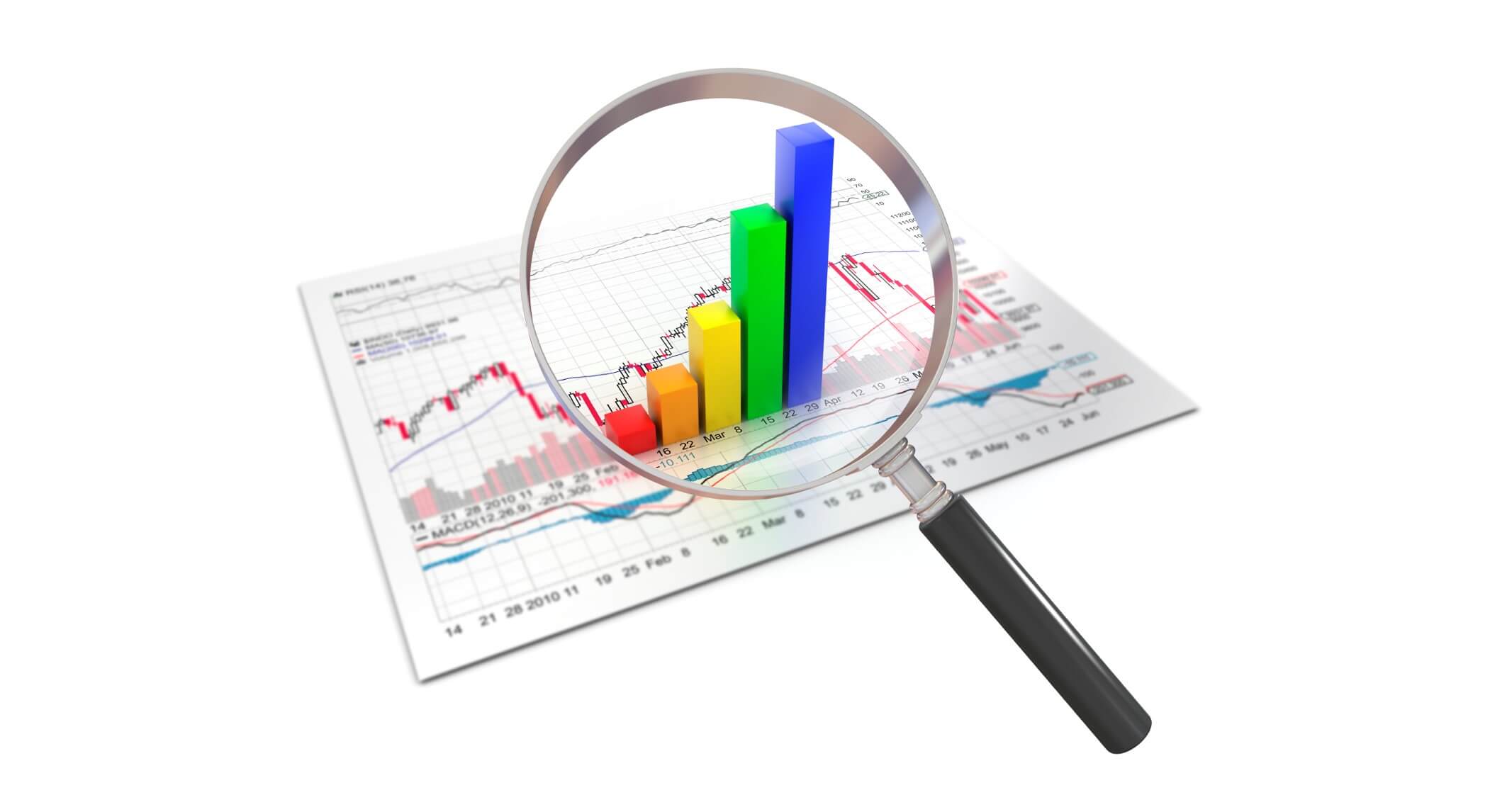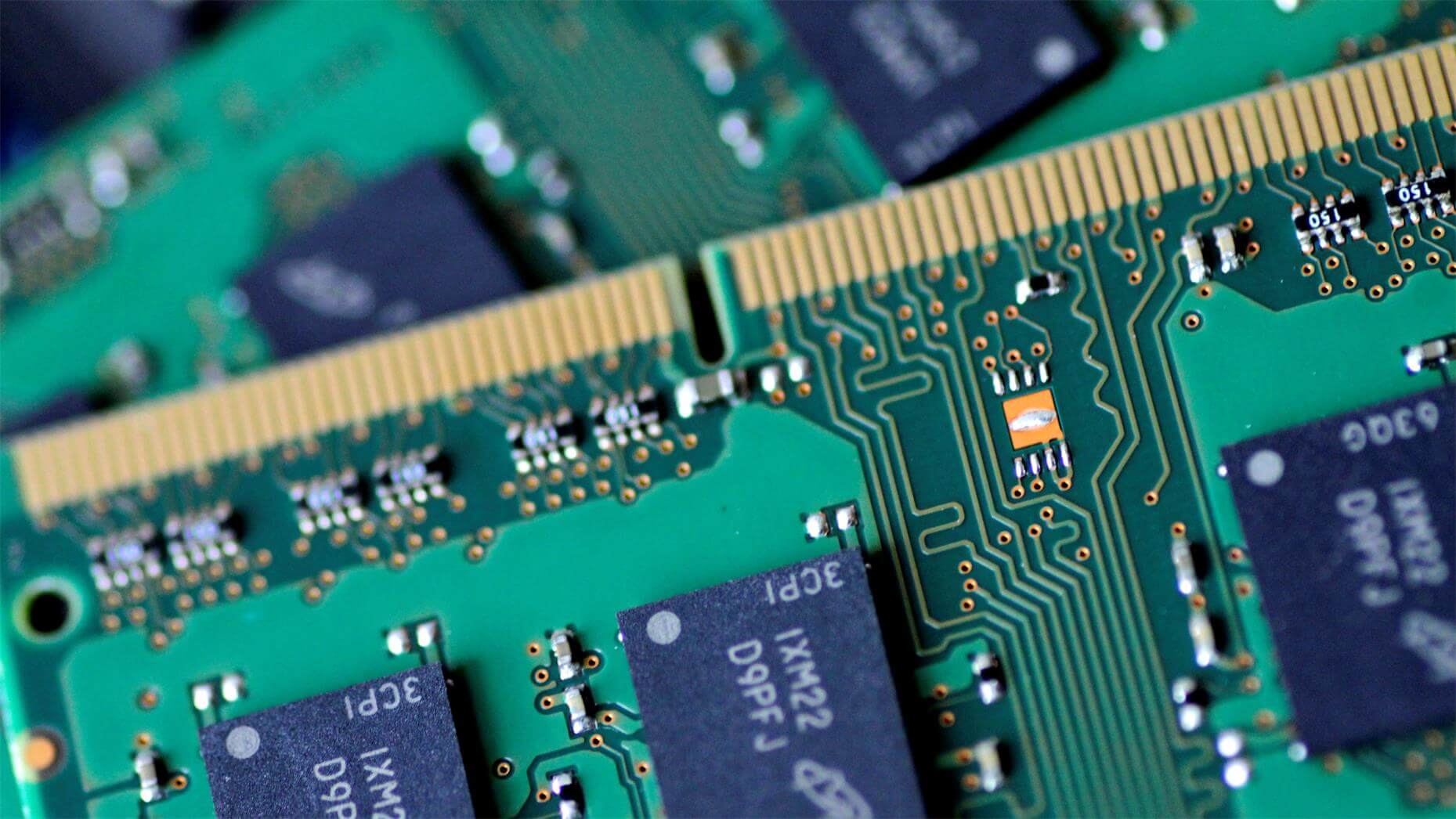August 21, 2025 /SemiMedia/ — Samsung Electronics reported that its global DRAM market share fell to 32.7% in the first half of 2025, down sharply from 41.5% a year earlier. The decline marks the company’s first drop below 40% in a decade, raising concerns over its leadership in the memory sector.
Samsung’s DRAM dominance peaked at 48% in 2016, but has steadily eroded since. Analysts point to sluggish demand for high-bandwidth memory (HBM), a critical technology for AI processors, as a primary factor behind the recent weakness. Samsung is still undergoing qualification tests with key customers before securing high-volume HBM orders.
While memory weighed on results, other businesses provided a partial cushion. Smartphone shipments rose to a 19.9% market share, while TVs gained modestly to 28.9%. At the same time, Samsung’s smartphone display market share dipped to 39.9%, and its automotive digital cockpit business slipped to 12.1%.
By revenue, the Americas remained Samsung’s largest export market at 33.4 trillion won ($24 billion) in the first half of 2025. China fell 11% year-on-year to 28.8 trillion won, followed by Asia-Africa at 20.8 trillion won and Europe at 15.8 trillion won.
Samsung maintained heavy investment in R&D, spending 18 trillion won in the first half and filing nearly 10,000 patents — 5,005 in Korea and 4,594 in the U.S. These efforts underscore the company’s push to strengthen semiconductor competitiveness through innovation.
The sharp DRAM share decline highlights structural pressures in Samsung’s memory business, with uncertainty around HBM adoption posing the biggest challenge. At the same time, diversification and continued R&D spending remain Samsung’s key levers to defend its position in the global semiconductor industry.












All Comments (0)